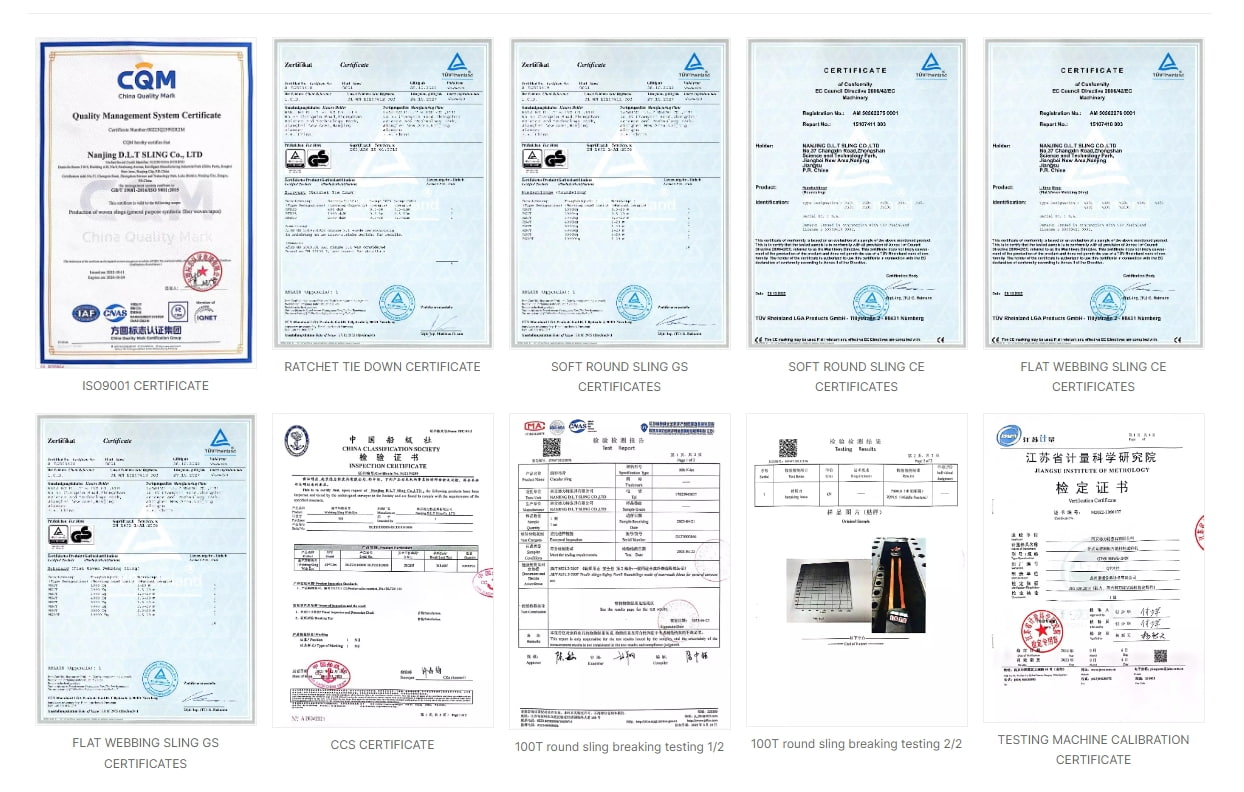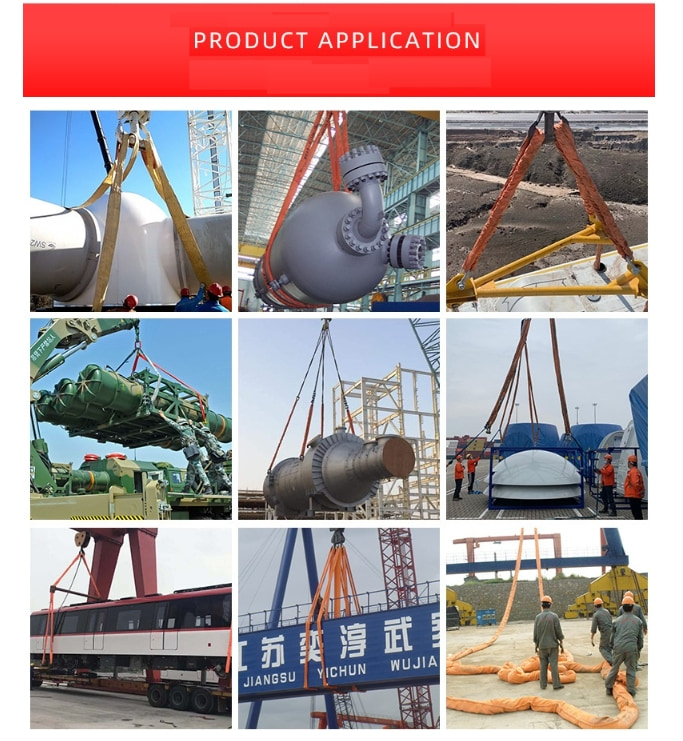Unveiling the Distinctions: Round Slings and Webbing Slings
 Introduction:
Introduction:
In the world of lifting and rigging, choosing the right equipment is paramount. Two commonly used tools for the job are round slings and webbing slings. If you've ever wondered about the differences between these lifting champions, you're in the right place. Let's unravel the unique features that set round slings and webbing slings apart.
Understanding Round Slings:
Round slings, as the name suggests, are flexible, endless loops typically constructed from synthetic fibers such as polyester. The construction allows for a smooth, continuous surface, making them ideal for delicate or cylindrical loads. Round slings distribute the load evenly, reducing pressure points and providing a secure lifting solution.
Exploring Webbing Slings:
Webbing slings, on the other hand, are flat straps typically made from materials like polyester or nylon. Woven into a web-like pattern, these slings offer strength and flexibility. Webbing slings are well-suited for a variety of load shapes, providing stability and reliability in diverse lifting scenarios.
Material Composition:
One of the primary distinctions lies in the material composition. Round slings are often made from synthetic fibers, offering a balance of strength and flexibility. Webbing slings, meanwhile, utilize flat straps that can be woven from synthetic materials, providing durability and load-bearing capacity.
Load Distribution:
Round slings excel at load distribution due to their continuous loop design. This feature minimizes pressure points and ensures that the load is evenly supported. In contrast, webbing slings distribute the load across the width of the strap, offering stability for a range of load shapes and sizes.
Flexibility and Adaptability:
The flexibility of round slings makes them well-suited for lifting irregularly shaped or delicate loads. Their ability to conform to the contours of the load enhances stability during lifting. Webbing slings, with their flat and woven design, provide adaptability across a broader spectrum of load shapes.
Durability and Longevity:
Both round slings and webbing slings are designed for durability, but the choice of material can impact their longevity. Round slings made from synthetic fibers are known for their resistance to abrasion and chemicals. Webbing slings, with their flat surface, also exhibit durability, with considerations such as edge protection enhancing their lifespan.
Handling and Storage:
The shape and design of round slings make them easy to handle and store. Their flexibility allows for convenient wrapping and storage. Webbing slings, with their flat and stackable nature, offer ease of storage and handling as well.
Conclusion:
In the choice between round slings and webbing slings, the decision hinges on the specific requirements of your lifting tasks. Whether it's the load shape, material preference, or ease of handling, understanding the nuances between these two types of slings ensures you make the right choice for safe and efficient lifting operations.
As you embark on your lifting endeavors, remember that the key lies in selecting the sling that aligns with the unique demands of your application. Elevate your lifting game with the right sling—whether round or webbing—for a secure and successful operation.
NANJING D.L.T SLING CO.,LTD - Your Partner in Lifting Excellence 

评论
发表评论